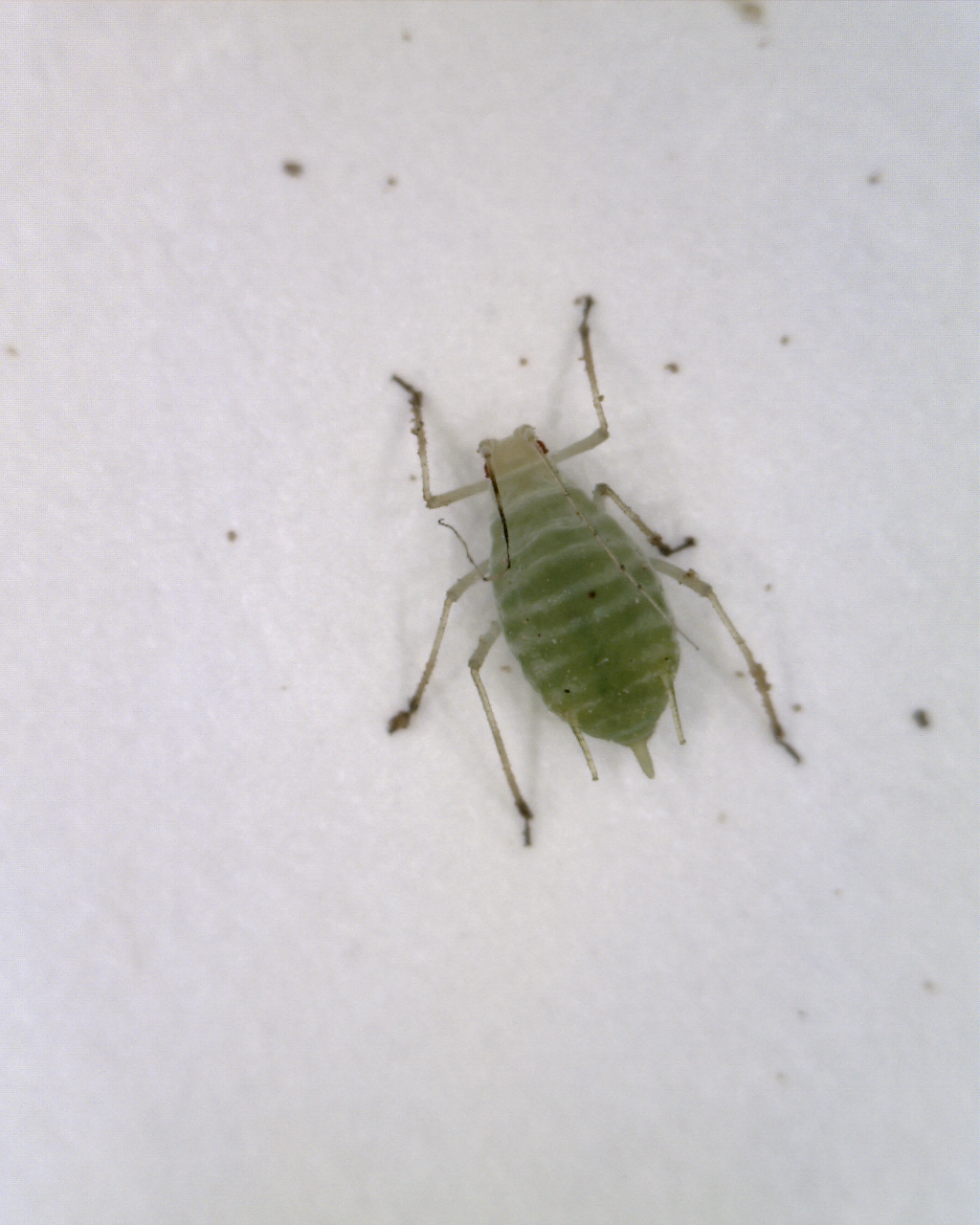
|
|
|
|

|
|||
|
|
|||
The weather this winter thus far has been favorable for aphid development and colonization. Green peach aphid and foxglove aphid have been found colonizing lettuce and broccoli at the Yuma Ag Center for the past week or so. Winged aphids are also beginning to pick up again on small plants. Our local weather forecast suggests that temperatures will be in the mid to high 60’ this week, climbing to the mid-70’s the week after, and with moderate nighttime lows for the next two weeks. Assuming the weather service is correct, these conditions may be ideal for aphid population growth, particularly foxglove aphids. Research has shown us that green peach aphid population growth tends to be high when temperatures average around 55 °F. Because we’ve seen an increase in winged green peach aphids on our yellow sticky traps, PCAs should be extra vigilant in scouting for aphid colonies. Given our weather to date, I predict that Foxglove aphids may become more abundant in the next several weeks as they tend to be more biologically active under warmer temperatures; that is when avg. temps are around 60 °F. For more information, see Foxglove Aphids on Desert Produce. If the field has been treated with imidacloprid at planting, then chances are you are in pretty good shape. But, continue to monitor as imidacloprid doesn’t generally last all season, particularly in cool, cloudy weather when the plants transpiring at a rapid rate. Regardless of whether you find green peach aphid or foxglove aphid the key to effective aphid management with foliar insecticide is to initiate sprays at the time apterous (wingless) aphids begin to colonize. If you can regularly find aphid colonies on imidacloprid treated lettuce, then it is probably time to treat with a foliar insecticide. Of course, this requires diligent scouting and sampling. On older lettuce, make sure you thoroughly examine developing heads/hearts; this is where foxglove aphids are most abundant. Fortunately, PCAs have alternatives for foliar aphid control. Note: Sequoia (sulfoxaflor) was recently re-registered for use on leafy vegetables. For more information on insecticide alternatives please visit Aphid Management in Desert Produce Crops – 2017. So keep your eyes open for new aphid colonies and plan according. |
|||
| Back | |||
|
For questions or comments on any of the topics please contact Marco Pena at the Yuma Agricultural Center.
|
|||
|
Home |
Cotton | Veggies |
Forages | Grains
| Citrus |
Crop x Crop Insects | Diseases| Weeds | Pesticides | Economics | News | Weather | Research | Photos | Contacts | General Info. Copyright © 2001 University of Arizona, College of Agriculture and Life Sciences Webmaster: Al Fournier (acis@ag.arizona.edu) |
|||

